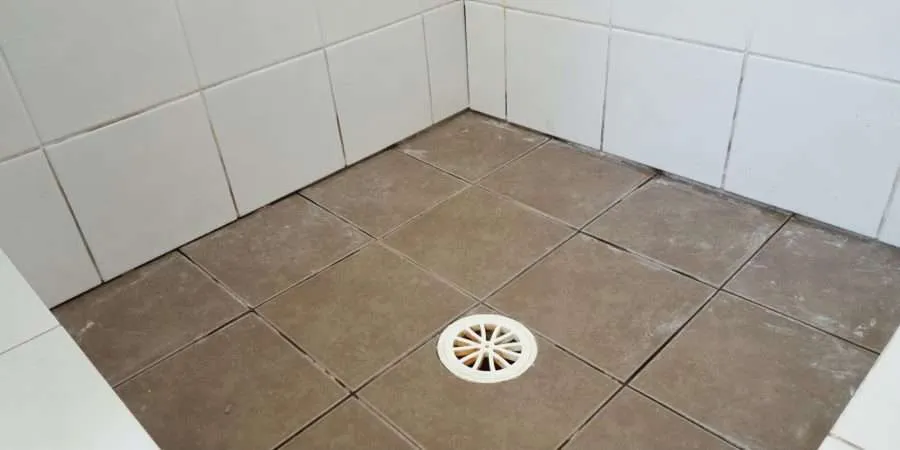Just about everyone is bound to have their own opinion about How to Repair and Prevent Bathroom Water Damage.
The restroom is incredibly vulnerable for moist accumulation and also possible water damages because of the frequent use of water in it. This article supplies basic assessment methods to help spotting water damages risks.
The frequent use of water in the washroom makes it very at risk for wet build-up and possible water damages. By examining it routinely, you can lower water relevant damages.
The following collection of assessments is simple to execute and also ought to be done once in every 3 months in order to keep your bathroom healthy as well as to avoid potential water problems triggered by the bathtub, the shower, pipeline joints as well as plumbing, sinks, cabinets, as well as the toilet
Do not forget doing these inspections as well as be comprehensive while executing them. Bear in mind that these simple assessments can save you a great deal of money by supplying early signs for water damages
Sinks as well as Cabinets
Sinks and also cupboards are exposed to wetness and moisture daily as well as are often ignored. Inspect on a regular basis under the sink and on the counter top over it. Repair any kind of drip in the trap as it might recommend drain issues. Look around the sink, slow draining pipes might indicate an obstructed drain. Replace sink seals if they are fractured or loose.
Tub and Shower
The shower as well as bath tub require special focus and upkeep. Examine the tiles as well as replace if fractured. Ensure that there is no missing out on cement in between the tiles. Check and also replace broken caulking at joints where the wall surfaces meet the floor or the tub. Obstructed drains as well as pipelines troubles will stop the bath tub from drying and might show serious problems underneath the bathtub. Talk to a specialist immediately to prevent structural damages. Take notice of stainings or soft areas around the bathtub walls as they might show an inner leak.
Plumbing
Signs for water damage are hard to discover given that the majority of pipes are installed inside the walls.
Pay special interest to flooring as well as wall surfaces wetness and also discolorations as they might show an invisible plumbing problem. Inspect wetness levels in adjacent spaces also.
The Commode
The commode is an at risk water joint. Examine the water lines and also look for leaks around the bathroom seat, in the pipe, and under the water storage tank. If you find any kind of indicators of dampness on the flooring around the commode, look for leakages in the toilet edge and tank seals.
Be aware that hanging toilet bowl deodorants increases the chances for clogs.
Water Damage Signs In The Bathroom To Avoid Cleanup
Musty smell
This is one of the easiest signs to catch because musty smells are so odorous. The damp, earthy, moldy smell should be a big red flag. The smell will develop when moisture gets trapped in surfaces, and begins to facilitate mold growth. Leaking pipes under cabinets, inside walls, and behind shower fixtures will cause moisture to stay trapped and not dry, which will lead to mold growth and spread. As soon as you notice any musty smells in your bathroom, have it checked for hidden water damage and cleanup signs.
Visible mold
If the smell isn’t there to give it away, sometimes you will actually see mold growth. Finding mold in your bathroom is a serious problem, because mold is very harmful to your health. By the time mold growth is visible, it also means that water damage has already occurred and been present for some time. The only way the mold problem can be resolved is to find the source of the moisture and get it stopped. To safely and adequately remove mold, you need to have professionals handle the remediation. Do not waste any time in getting mold problems addressed, fixed, and sanitized so that you can protect you and your family from the many respiratory symptoms caused by mold exposure.
Damaged floors
Bathroom floors should be able to withstand some exposure to water while still remaining in good condition. However, when excess exposure or water leaks occur, they will begin to damage even the most water-resistant flooring. If you notice any cracking, bubbling, staining, or warping on your bathroom floors, there is probably a water leak somewhere causing the distortion. If you notice areas of the floor have become softer, or even have a spongy feeling, there is probably damage to the subfloor. Subflooring is typically made up of plywood. When plywood is exposed to water or moisture, it will absorb it. Once it has become saturated, the weight of the excess water will cause the wood to swell and soften. Check the floors in your bathroom frequently to catch any of these sings before they lead to damaged subflooring.
Changes on walls
When water leaks behind walls, it will cause changes in the drywall. Peeling plaster, blistering paint, and soggy wallpaper are all good indicators that excess water is building up behind the wall. Water leaking behind drywall will cause it to swell and be soft to the tough. If you start to notice gaps along the trim of your walls, or where tile meets the wall, it could also be a strong indicator that there is a leak behind the wall. Any changes, distortion, or damage on the walls should be evaluated as soon as you notice it to prevent further water damage and cleanup.

I was shown that editorial on How to Prevent Bathroom Water Damage from a friend on a different web page. Kindly take the time to promote this article if you appreciated it. Kudos for your time. Visit again soon.
Explore Now